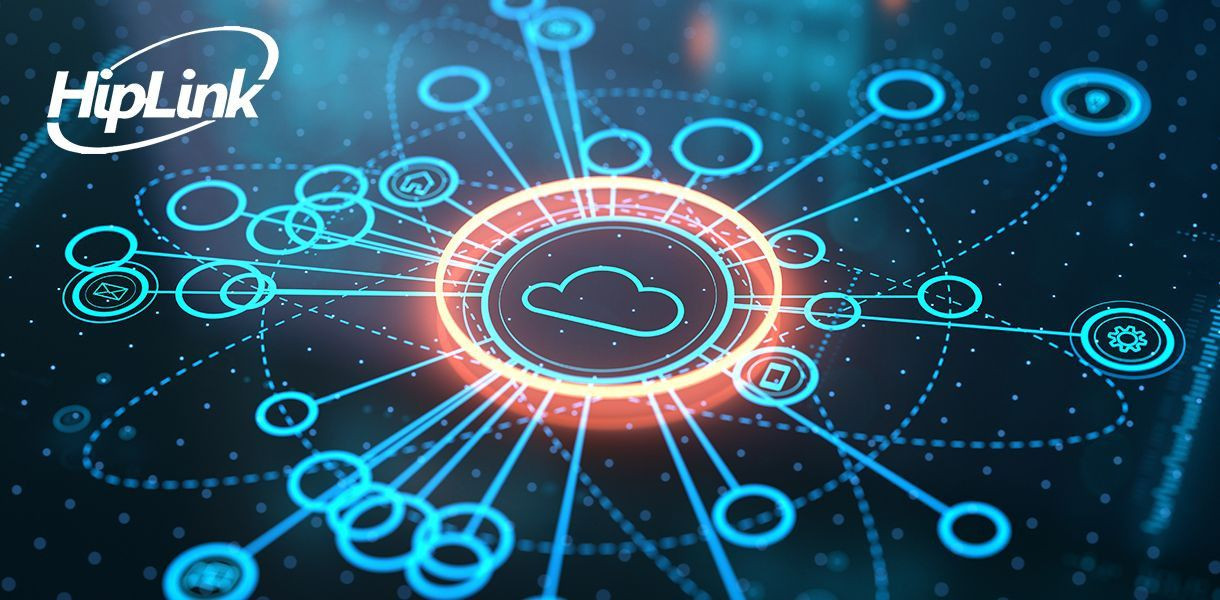The Internet-of-Things (IoT) is a network of physical devices, vehicles, home appliances, and other items embedded with electronics, software, sensors, actuators, and network connectivity, which enable these objects to collect and exchange data. IoT is reshaping government processes by improving efficiency, increasing transparency, and saving costs.
The most pedestrian example of IoT in government processes, currently, are city council meetings streaming over the web. However, some are planning more grand ambitions, like entire “Smart Cities”, for the future.
Smart City Initiatives
While IoT is already reshaping government processes by improving efficiency and cost savings, these come mostly at the administrative level. More public initiatives have already been deployed and more are on the way. They have been labeled “smart cities” for their inclusion of advanced technology and data-driven approaches.
These initiatives have the potential to revolutionize government processes. Smart city projects usually align around a common set of features.
-
Collection of data from various positions about the city/state/region
-
Data-driven urban planning and civics engineering
-
Analytics and data management offering visibility into government processes
-
Automated document processing eliminates the need for manual data entry
-
Increased transparency and, thus, increased public trust
-
Focus on mitigating downtime of all available public services
The implementation of IoT in government processes presents certain challenges such as security and privacy risks, the complexity of integration, and the cost of implementation. Security and privacy risks must be addressed in order to ensure safe and secure data collection, storage, and transmission. The complexity of integration must be addressed in order to ensure that all components of the IoT system are compatible with each other and can interact seamlessly.
Organs of a Digital Society
The Internet-of-Things (IoT) is being used to improve public safety by providing real-time data, analytics and insights. IoT devices, such as sensor networks, can be used to monitor the environment and detect potential threats, while IoT-enabled cameras can be used to improve surveillance and security. Additionally, the data collected from IoT devices can be used to improve response times to emergencies and more efficiently allocate resources.
Environmental monitoring with digital sensors is already giving real-time data and insights into the world around us. These specialized sensors can be used to monitor air pollution, water quality, and temperature. In more rural settings, drones and satellite imaging can be used to track changes in land use. Data collected from these devices can be used to detect anomalies, predict disasters, and allow for better management of resources.
Energy management also includes IoT devices, such as smart meters. Energy sensors are used to monitor energy consumption and detect inefficiencies. This data is used to optimize energy usage, reduce costs, and improve the overall integrity of the power grid.
A Brightly Glowing Tomorrow
The Internet-of-Things (IoT) is reshaping government processes by improving efficiency, increasing transparency and public trust, and saving costs. This is being achieved through initiatives such as smart city projects, automated analytics and data management, and automated document processing. Although these benefits are significant, there are still challenges to be faced such as security and privacy risks, the complexity of integration, and the cost of implementation. Despite these challenges, it is clear that IoT has the potential to revolutionize government processes in the near future, potentially in unforeseen ways.
Unfortunately, a crisis can occur and your team needs to be informed to handle the situation. Hiplink is the industry-leading notification software that helps keep people safe and operations running faster. They’re used in healthcare, public safety, energy/utilities, and more for when the message has to get there. Don’t wait! Contact Hiplink about getting started today!



